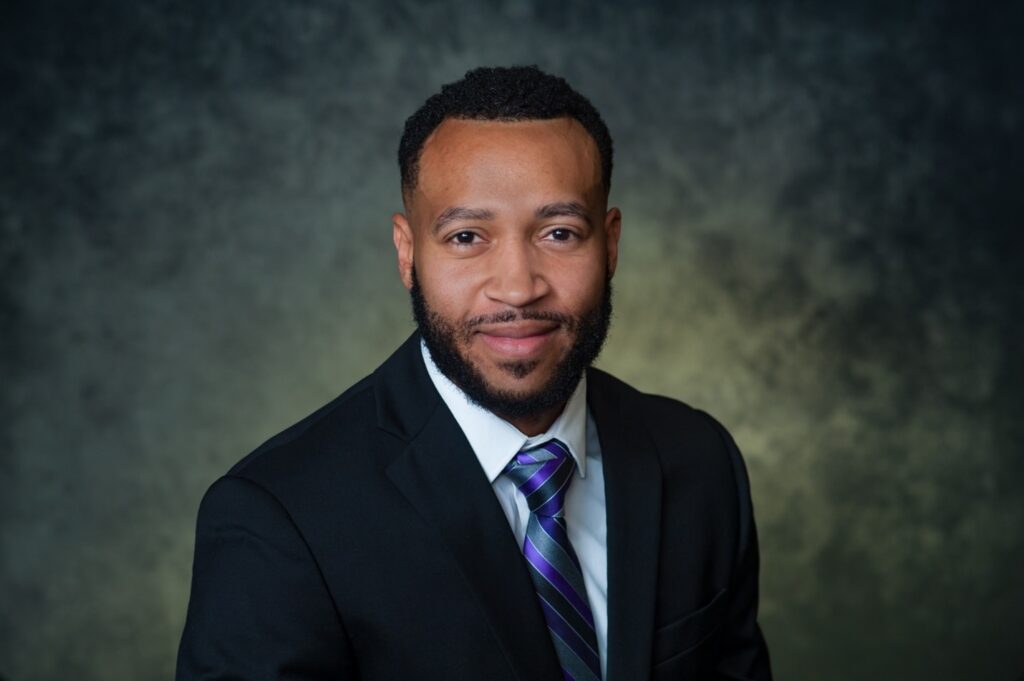Lallen Johnson, American University – Racial Inequality, Age, and COVID-19 Mortality
 Certain groups bear more of the brunt from disaster and epidemics.
Certain groups bear more of the brunt from disaster and epidemics.
Lallen Johnson, associate professor in the school of public affairs at American University, explains.
Lallen Johnson, associate professor in the School of Public Affairs at American University, explores how urban gentrification influences social control. He is specifically interested in the ways by which neighborhood upscaling amplifies the risk of police contact for socially marginalized and racially minoritized groups. He also studies health geography and the risk of mortality across urban space. Professor Johnson’s training, which spans the disciplines of criminology, urban studies, and geography informs his understanding of the spatial dimensions of social science outcomes. Some of his previous studies have been funded by the National Institute of Justice and disseminated across multiple outlets such as Race and Justice, Punishment and Society, the Journal of Racial and Ethnic Health Disparities, and Health and Place.
Racial Inequality, Age, and COVID-19 Mortality
Although society has a habit of framing weather-related disasters and devastating epidemics as being uncontrollable events, the tolls of those events in the United States are not evenly distributed across population groups. For example, Hurricane Katrina, the Chicago Heat Wave of 1995, and the latest COVID-19 pandemic, all resulted in an elevated risk of death for elderly Black persons. This pattern proves the need to think about public health and disaster responses intersectionally.
During the pandemic, it quickly became clear that elderly persons were more likely to die, due to their higher rate of underlying medical conditions that exacerbate Covid-19. But elderly Black persons also must contend with the enduring legacy of racial inequality. Black communities endure much higher levels of poverty, compared to White neighborhoods. But it was elderly Blacks who suffered the worst effects of all.
In our latest study, Prof. Evelyn Patterson of Vanderbilt University and I analyzed 74 weeks of COVID-19 death counts for each ZIP code in Chicago. We found that aging correlated with increased risk of mortality across all communities. But the risk was 40 percent higher in Black neighborhoods when accounting for the elderly. Our research also found that poor places with high test positivity rates tended to have more COVID-related deaths. Fortunately, vaccinations work: ZIP codes with higher Covid vaccination rates had lower death counts, regardless of race. A 20-percentage point increase in vaccinated residents was associated with 38 percent fewer weekly deaths in the average ZIP code.
We cannot stop a hurricane from making landfall, cool down a summer scorcher, or wipe out a powerful new virus the day it arrives. But understanding the inequities in our demographics, our neighborhoods, and our health-care system is vital in saving lives next time that disaster strikes.


